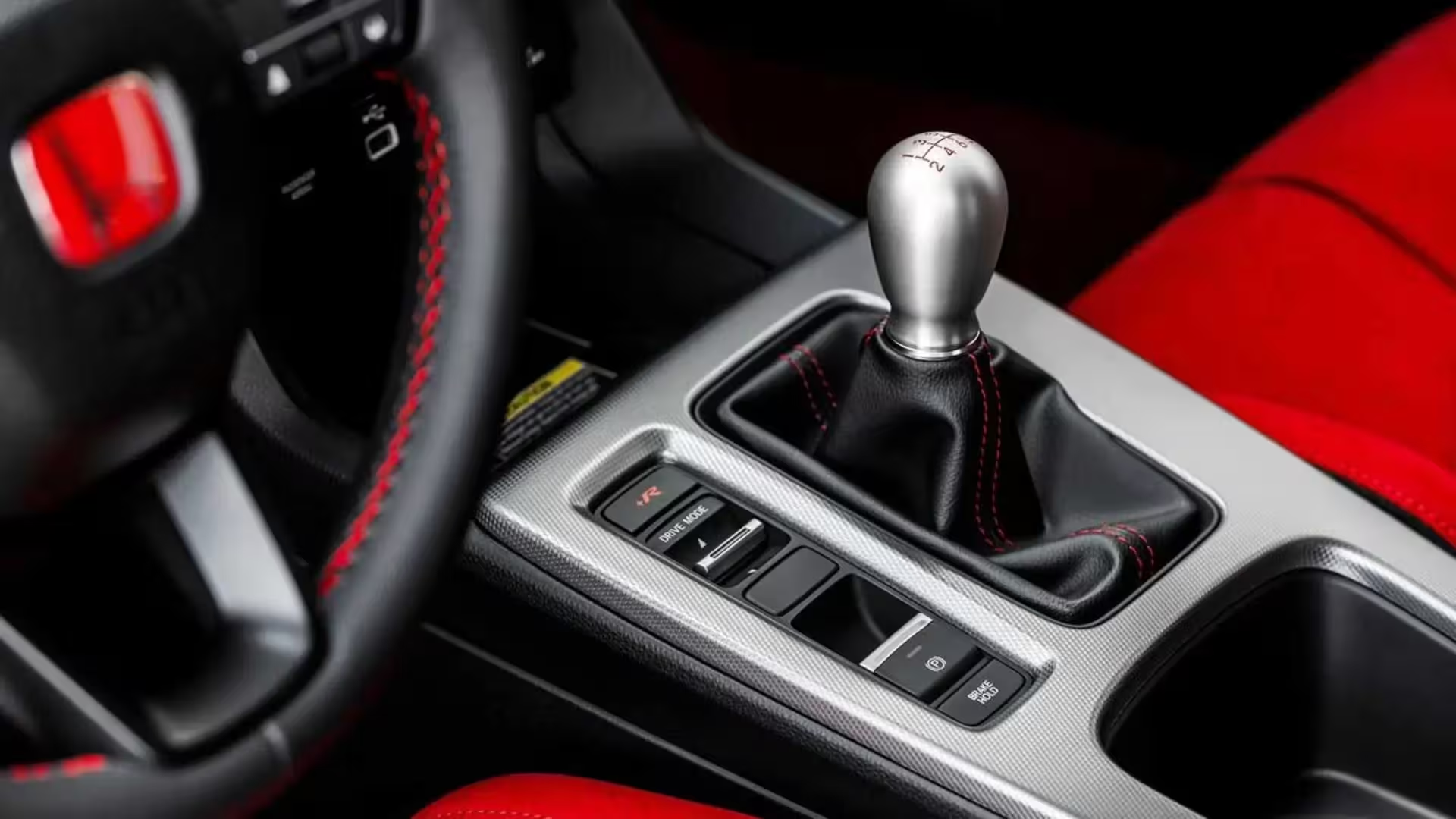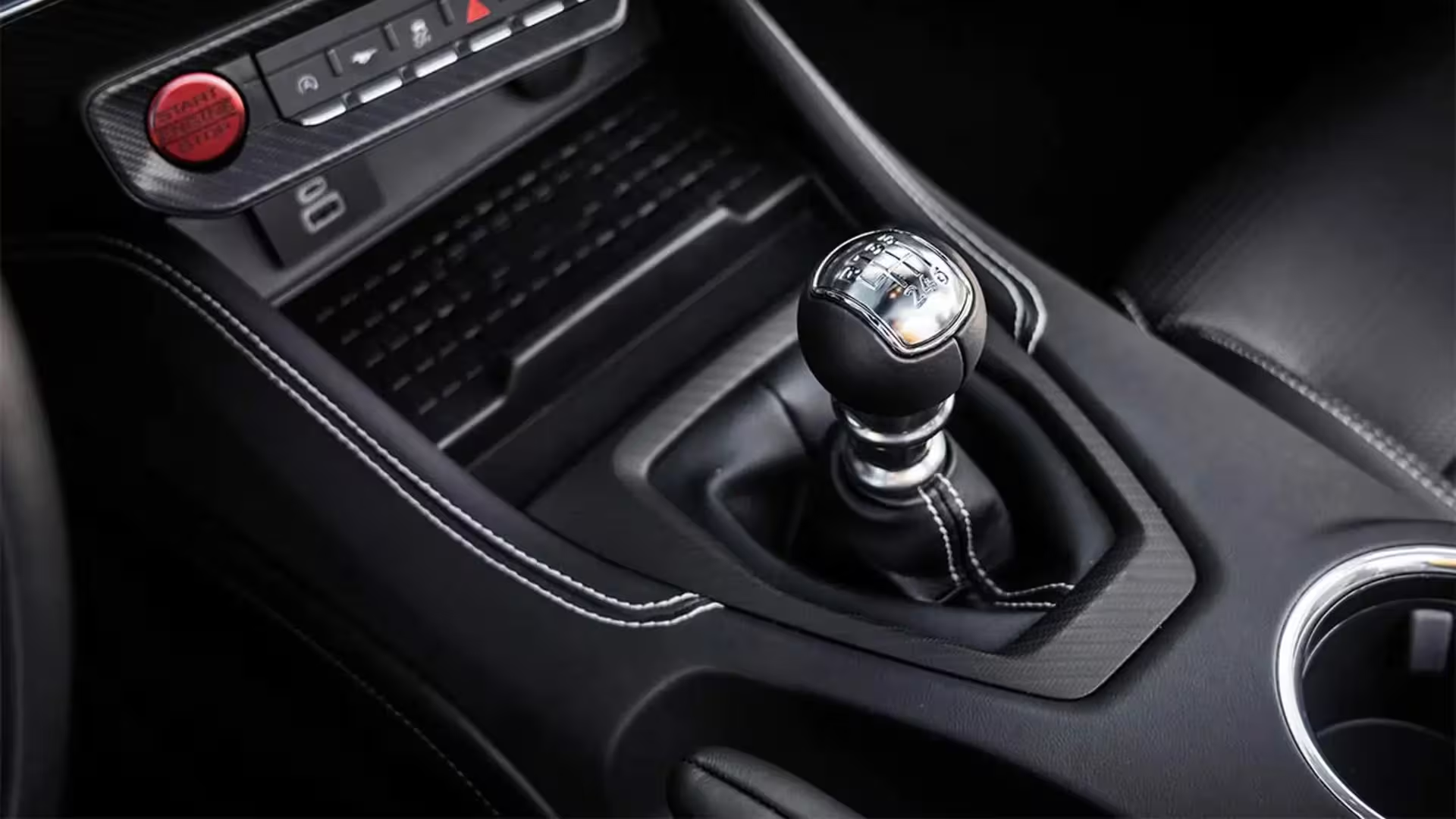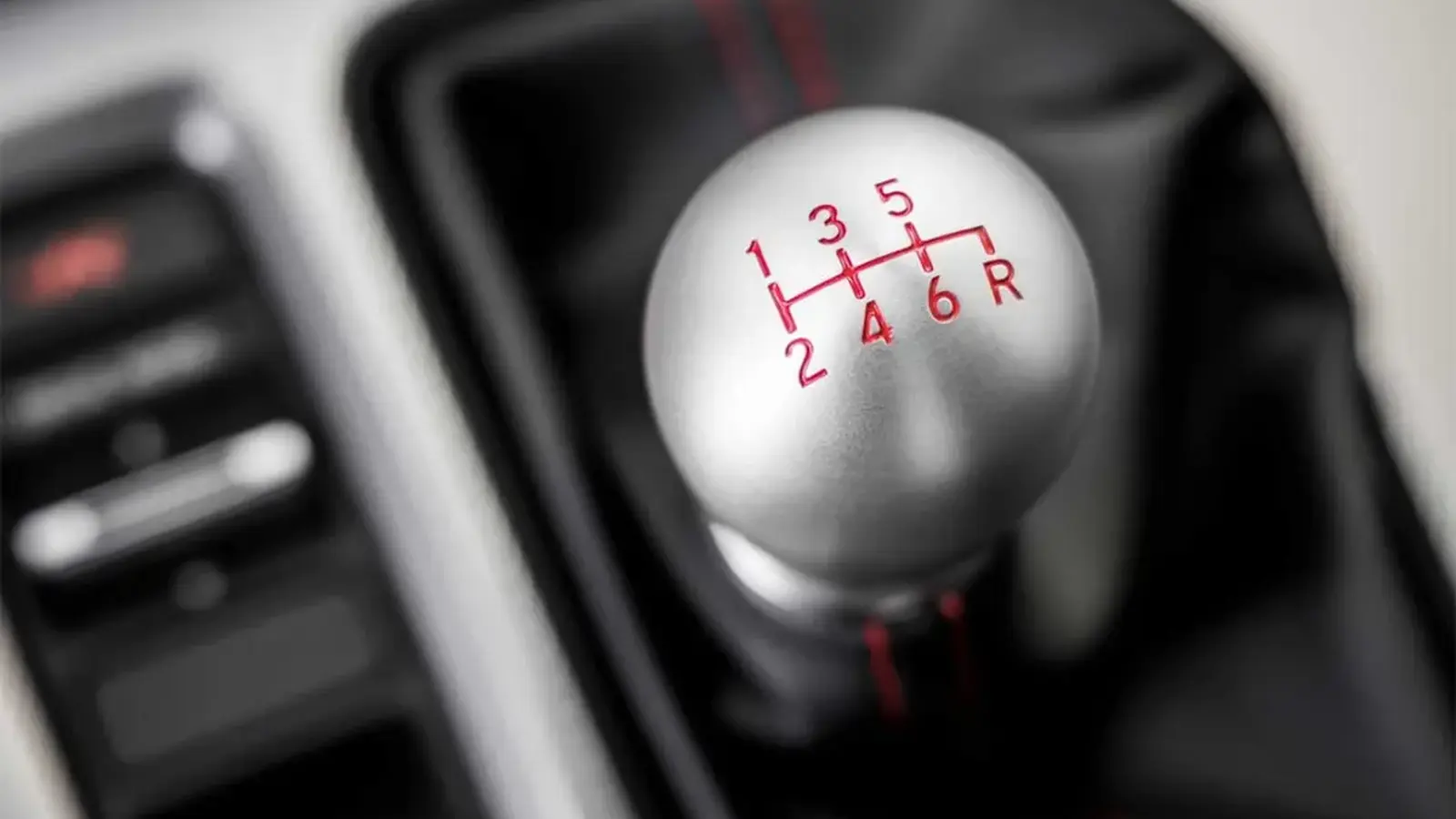5 Minutes
The sweet spot of driver control and everyday usability
For many driving enthusiasts, the manual transmission is more than just a gearbox — it’s the connection between driver and machine. Among manual layouts, the 6-speed configuration has emerged as a practical sweet spot, balancing raw performance, fuel economy, and everyday comfort. While automatic and dual-clutch transmissions keep getting quicker and smarter, the six-speed stick still holds a special place in the hearts of purists and in the lineups of several performance models.
Why six gears? Flexibility is the answer
The magic of a 6-speed manual comes down to one word: flexibility. Adding a single gear gives engineers far more room to tailor gear ratios across a wide performance envelope. That flexibility allows:
- Short, aggressive first and second gears optimized for explosive launches and quick corner exits.
- Middle ratios tuned for mid-range responsiveness on backroads and tracks.
- A long sixth gear acting as an overdrive for relaxed, low-RPM cruising on highways.
In practice this means a car can feel razor-sharp on a track, yet civil and efficient on the motorway. The extra ratio lets the engine stay in its optimal power band more often, improving acceleration and drivability without sacrificing fuel economy.

Real-world example: Honda Civic Type R
Few production cars illustrate the 6-speed manual’s strengths better than the Honda Civic Type R. Designers needed a gearbox that let the car dominate on a racetrack while remaining manageable in daily traffic. The solution: carefully spaced ratios.
- Gears 1 and 2: High ratios for maximum torque off the line and rapid initial acceleration.
- Gears 3 and 4: Mid-range ratios that keep the engine in its powerband for sustained acceleration and corner exits.
- Gears 5 and 6: Lower (taller) ratios for quiet, fuel-efficient highway cruising.
In the Type R, sixth gear can keep engine speed around 2,500 rpm at 110 km/h, which reduces fuel consumption and cabin noise. By contrast, earlier 5-speed versions often ran near 3,800–4,000 rpm at similar speeds, making long highway trips fatiguing and less efficient. The sixth gear transformed the hatch from a track-only performer into an excellent daily driver.
Key benefits of a 6-speed manual
Adding just one gear changes the character of a manual transmission significantly. The most tangible advantages include:
- Improved fuel economy: A taller sixth gear lowers highway engine speed and saves fuel.
- Reduced wear and noise: Lower RPMs at cruising speeds cut mechanical stress and cabin noise.
- Sharper acceleration and responsiveness: More gears mean closer spacing between ratios, keeping the engine in the sweet spot more often.
Quote: "The sixth gear isn’t just about top speed — it’s about making performance cars pleasant for everyday life."

Market positioning and why manufacturers still offer manuals
Despite the rise of advanced automatics, many brands keep 6-speed manuals in their sportier trims because they represent authenticity and driver engagement. Models such as the Porsche 911 (in certain trims), BMW M2, Toyota Supra (with manual option historically), and Ford Mustang still offer manuals to satisfy buyers who prioritize connection over lap times alone.
From a market perspective, the 6-speed manual serves two roles: it’s a halo offering that underscores a model’s sporting intent, and it expands a car’s appeal by making high-performance vehicles usable as daily drivers.
Are there downsides?
No solution is perfect. Manuals require more driver input and can be less convenient in heavy traffic. Also, modern automatics and DCTs sometimes produce faster shift times and marginally better lap times. Yet for many drivers the tactile satisfaction and control of a well-engineered 6-speed stick outweigh those trade-offs.
Bottom line
A 6-speed manual is a pragmatic compromise: it preserves the driver-focused experience of a stick shift while improving highway comfort and fuel efficiency. For those who want both engagement and versatility — from spirited backroad blasts to long highway cruises — six gears remain a compelling choice. It’s no coincidence that many manufacturers still include a 6-speed manual on their most driver-focused models: sometimes, a single extra gear makes all the difference.
Comments
mechbyte
Is a 6-speed really the sweet spot? DCTs shift faster, and city traffic ruins manuals. Still, curious about the real mpg gains, anyone measured?
v8rider
Wow, that sixth gear bit hits hard. Makes me wanna hunt a 6-speed Civic again... Quiet cruise, rowdy backroads. Srsly tho, pure joy


Leave a Comment